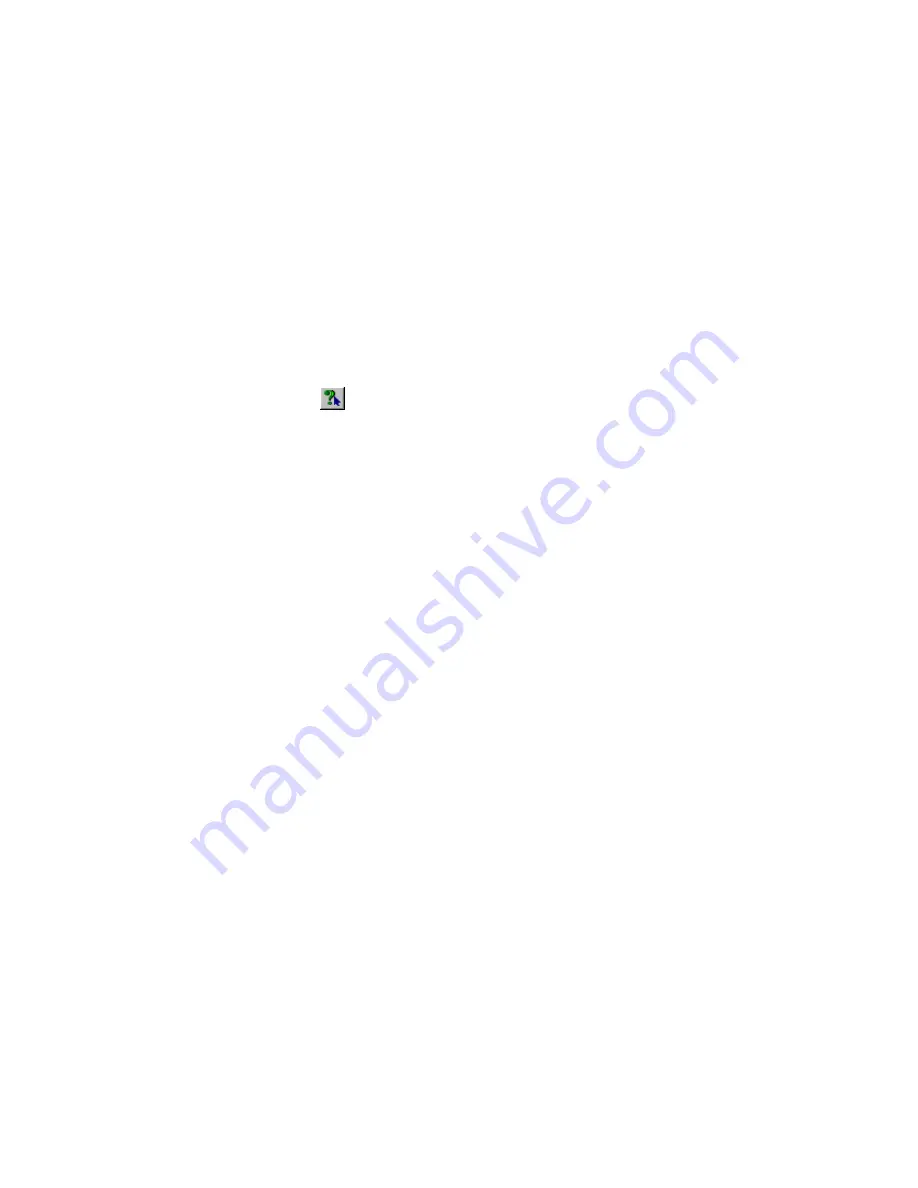
Setting Luminaire Surface Properties
147
❚❘❘
To query instances of multiple luminaires:
1.
In the Luminaires table, hold down the Ctrl key,
then click the luminaires.
2.
Right-click the Luminaires table, then choose
Query Instances.
All instances of the luminaires are highlighted in the
Graphic window. No information about the queried
luminaires is displayed on the status bar.
To query a selected instance in your model:
1.
Click the Query Select button
, or choose
Edit|Selection|Query.
2.
In the Graphic window, click a luminaire in-
stance.
Information about that luminaire appears on the
status bar.
Setting Luminaire Surface
Properties
You can modify the geometry of a luminaire in the
same way you modify block geometry. This operation
could be useful if you want to change the shape of a
light fixture.
Changing luminaire geometry can affect its photo-
metric properties and can be used to modify the
shadows cast by a light. However, you can obtain a
truer lighting effect by associating a luminaire with a
photometric web.
Typically, photometric web definitions such as IES
files provided by manufacturers already take into
account the geometry of the luminaire when the IES
files are created.
When using manufacturer-provided IES files, you
usually do not want the luminaire geometry to affect
the photometry further. To avoid this problem, posi-
tion the LID to ensure that the surfaces of the
luminaire do not shadow the emitted light. For more
information on adjusting the LID, see “Positioning
LIDs” on page 134.
If this is not possible, you can also define surfaces of
the luminaire geometry as non-occluding. When you
set a surface to be non-occluding, you should also
always set it to be non-reflecting or you will not get
accurate results. For more information, see “Setting
the Surface Processing Parameters” on page 179.
Luminaire Processing
Use the Luminaire Processing dialog to specify lumi-
naire behavior during the radiosity processing and
ray tracing.
If you access the Luminaire Processing dialog from
the Luminaires table, your settings affect all inserted
instances of the selected luminaires. If you access this
dialog from the Graphic window, only the selected
instances are modified.
Note:
You can set luminaire processing parameters
in both Lightscape Preparation and Solution stages.
Luminaire Processing Options
The following section describes the options available
in the Luminaire Processing dialog.
Cast Shadows
You can specify whether or not selected luminaires
cast shadows. If you set luminaires to not cast
shadows, the energy from the light is distributed to
each surface in its path as if there were no other
surface blocking it. This considerably reduces the
number of calculations required for a solution and is,
therefore, a quick way to get a general feel for the
lighting characteristics of a model.
However, this procedure does not produce accurate
results and is generally not suitable for final solutions.
Summary of Contents for LIGHTSCAPE
Page 1: ...SULO 4 31 93 36034333308355 LJKWVFDSH...
Page 18: ...NOTES 10...
Page 110: ...NOTES 102...
Page 136: ...NOTES 128...
Page 166: ...NOTES 158...
Page 176: ...NOTES 168...
Page 202: ...NOTES 194...
Page 210: ...NOTES 202...
Page 248: ...NOTES 240...
Page 294: ...NOTES 286...
Page 308: ...NOTES 300...
Page 316: ...NOTES 308...
Page 324: ...NOTES 316...
Page 342: ...Glossary 334 Lightscape...
Page 360: ...Index ix 352 Lightscape...
Page 362: ......






























